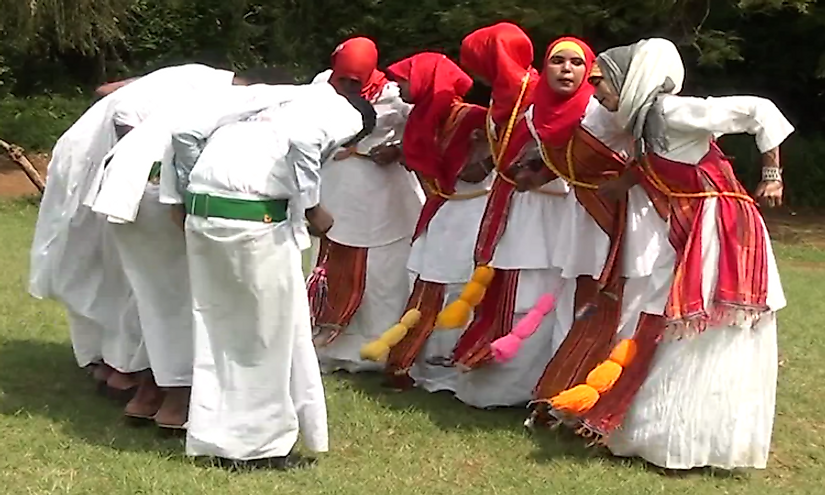Ethnic Groups And Clans In Somalia

In the 21st Century, many Somalis remain more loyal to their clans than to the ideas of a Somali national identity. Native Somalis speak the same language, practice Islam, and share the same culture. The people are divided into clans which form the basis of organization in the country’s social structure. The larger of these clans are dominated by powerful warlords who have played key roles in the conflicts that have rocked Somalia for decades.
10. Historic Divisions of Somalis into Clans -
The Somali people trace their ancestry back to the Hamitic people who settled on the country’s two rivers from Central Africa. These groups of people interacted with Arab traders who introduced Islam to the region. The Arabs intermarried with the migrating Hamitic people to give rise to the Somali ethnicity. After marrying the local women, the Arabs established patrilineal clan structures. The clans use the customary law to maintain order and the four dominant clans are Hawiye, Darod, Isaaq, and Dir. The common native Somali can trace his/her individual heritage generations back.
9. Isaaq -
The Isaaq clan traces their heritage to Shaykh Ishaq ibn Ahmad al-Hashimi, who settled in the ancient Somalian city of Maydh from Arabia. The clan populates northwestern Somalia and has declared the region independent and named it Somaliland. The Isaaqs were colonized by the British, and they have their own administrative, economic, and security structure.
8. Hawiye -
The Hawiye clan populates Southern and Central Somalia, including the capital Mogadishu. The clan’s forefather is Irir Sammale, and its sub-groups include the Degodia, Ceyr, Murosade, Ajuran, and Hawadle. The Hawiye have been major players in the country’s conflicts in a bid to achieve political power.
7. Dir -
The Dir clan inhabits the northern parts of Somalia and includes subgroups such as the Akisho, Gurgure, Surre, Issa, Barsuug, and the Biimaal. The Biimal populate the southern part of the country and are famous for leading an extended resistance on Italian resistance. This clan is also spread out in the neighboring countries of Ethiopia, Djibouti, and Kenya.
6. Darod -
The Darod clan has formed an autonomous region named Puntland, complete with its own President and system of administration. The clan traces its ancestry to Abdirahman bin Isma’il al- Jabarti, a descendant of Prophet Muhammad. The clan inhabits the northern region, with communities in Gedo and Kismayo and its subgroups being the Harti, Ogaden, and the Marehan. The Darod remain suspicious of the Southern clans, and this has hindered political unification of Somali.
5. Digil Rahanweyn -
The Digil Rahanweyn is part of the larger Rahanweyn clan and has seven subgroups including the Garre, Geledi, Tunni, Bagadi, and Jiida. This clan is mainly comprised of coastal and farming communities.
4. Mirifle Rahanweyn -
The Mirifle Rahanweyn clan inhabits the fertile parts of the country where they engage in pastoralism as well as agriculture. They speak their version of the Somali language known as maay maay and are divided into 21 sub-clans.
3. Non-Somalis Living in Somalia -
Across the country are small communities of Arabs, Indians, and Pakistanis who mainly engage in shop-keeping and Italians who participate in teaching and banana production. African immigrants in the country are comprised of Ethiopians and other Bantu-speaking communities.
2. Inter-Clan Relations in Somalia -
Inter-clan rivalries have characterized much of the country’s landscape since independence. The dominant clans engage in the context of mutual suspicion and mistrust regarding political power. Somalia is currently composed of territories, each controlled by powerful clans.
1. Outlook for the Future of Somali Identity -
The idea of a successful unitary government in Somalia remains largely elusive as territories continue to self-govern and declare independence. The clan structure has been woven deep into the country’s society over an extended period of, time and it remains the primary factor for identity in Somalia.











